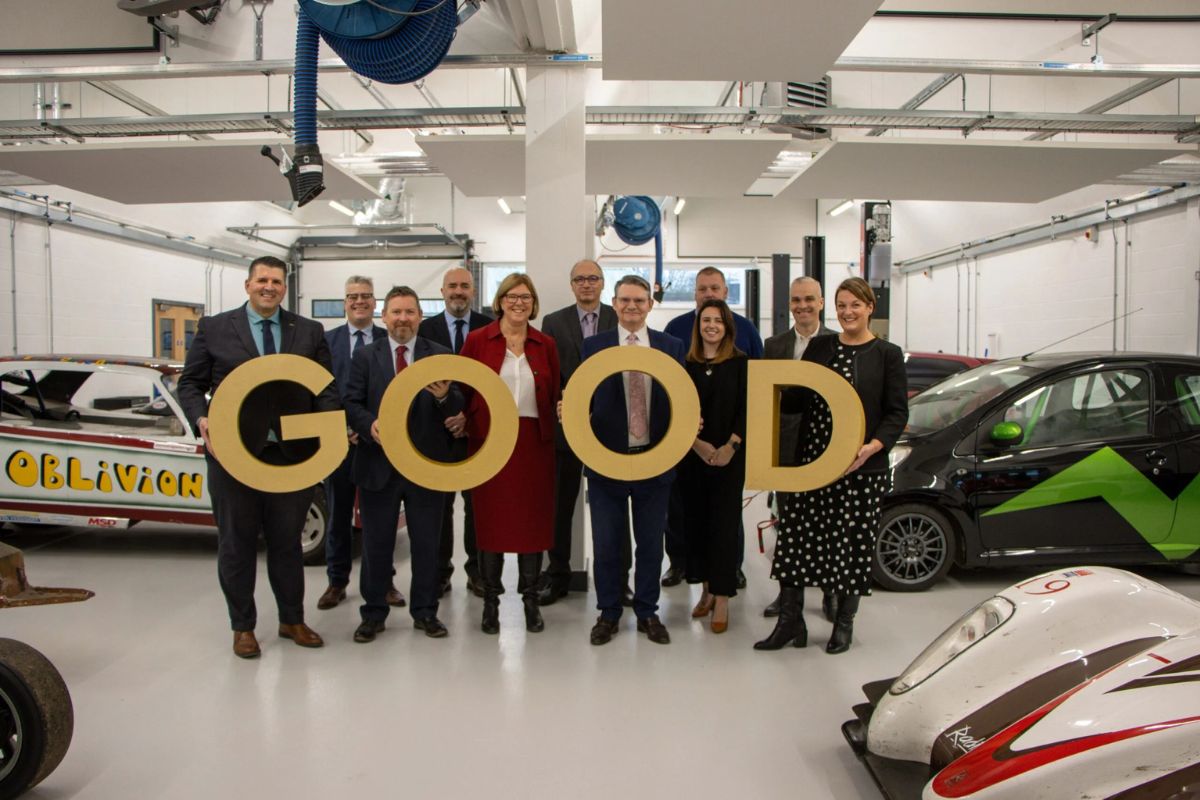Why moving beyond ‘STEM’ might hold the key to bridging the global skills gap

Tim Slingsby discusses how the term “STEM” oversimplifies the complex skills needed in Science, Technology, Engineering, and Mathematics. To bridge the global skills gap, he argues that educators and employers should collaborate to match specific skills with emerging jobs, moving beyond the vague “STEM” label and investing in targeted training programs.
How did we get here?
Let’s start from the beginning, why do we use STEM and where did it come from? It is thought that the use of STEM when referring to Science, Technology, Engineering, and Mathematics first originated in 2001 when Judith Ramalay of the US National Science Foundation (NSF) used the phrase. However, references to these four disciplines using the acronym date back as far as 1994 in published material and the true origin of the term remains generally lost.
Regardless of its root, the term has come to mean various things to different audiences. Commonly used by the media, governments, and companies, the acronym (rather poorly) attempts to make a vast number of important topics palatable for public consumption.
As the former UK National STEM Director, John Holman, said in 2011:
“whatever may have led us to cluster these subjects together, it cannot be their similarities, because they have few.”
Because of this, there is a clear disconnect between the study of these topics and the application of the necessary skills to real world problems. However, it is not too late to change the narrative around the study of these invaluable subjects and apply some of the learnings to many of the world’s most challenging problems, as the ‘Just Transition’ has done for the climate crisis.
Skilling up the world
To students, STEM may be reminiscent of an unattainable career where only a degree will suffice. To employers, STEM may be a desirable quality or necessary qualification to fit a role. To industry professionals, STEM may mean the ability to solve problems in the built environment or create solutions to scientific problems.
An acronym will never sufficiently incorporate the breadth of skills, learnings and possibilities that are included in these fields. Instead, trying to do so will only make future discussions diluted and vague and risks preventing future investment that has the potential to bridge the skills gap. With such incomprehensible vastness to the skills developed by studying one of these subjects, more specific conversations should be had about the connection between theory and application.
STEM and its lack of clarity risks pushing away targeted policies and investment that have the potential to reduce the skills gap. The future global economy will require mass upskilling as digital technologies, artificial intelligence (AI) and the drive to a greener economy change the job market. Focusing on a rigid list of disciplines overshadows the other attributes that global leaders hold highly when looking for new talent. Skills such as leadership, curiosity, and building resilience are emphasised by many leaders and are the focus of targeted initiatives including the RSA’s ‘Capabilities for Life’ framework.
Preparing for the future
In the latest report from Dell Technologies and the Institute for the Future (IFTF), projections about the future of work were forecast and discussed by 20 experts from around the world. The experts concluded we are on “the cusp of the next era of human-machine partnerships.” It seems that after living alongside machinery and more recently artificial intelligence for several years, the next phase of working has arrived.
However, the report notes that this does not signal the end of human-powered jobs, instead it reinforces the anxiety around sole machine operation and highlights the need for a combined effort. This prediction was anticipated in a previous 2018 report by Dell Technologies and IFTF where experts stated 85% of the jobs that will exist in 2030 had not yet been invented.
Combine this unknown future with the nearly 3.5 million ‘STEM’ jobs that need to be filled in the U.S alone by 2025, and it is clear to see why a cataclysmic shortage of skilled workers around the globe will halt future growth and problem solving for currently unidentified problems.
Frustratingly, the answers to many of the missing skillsets in the global labour force lie in subjects beyond traditional STEM areas. To facilitate targeted investment, clear links between these desirable skills should be matched to future jobs to allow for rejuvenated programmes which fix the skills mismatch.
Specifying skills for emerging markets
The missing link between education and the job market lies in the miscommunication of which specific skills are required for the job. Job postings vaguely state a career in ‘STEM’ is desirable and educational environments do not advertise the plethora of emerging job vacancies in various industries that require people from all different fields of study.
To solve this issue, employers and educators should work more closely together and understand that a good partnership between emerging talent (whatever the subject of study) and job vacancies is vital to reducing the labour shortage around the world.
Skill mismatch is a huge problem where employers struggle to fill vacancies despite high levels of unemployment. The causes for this are complex and involve multiple factors including many people “taking jobs below their qualification or skill level.” There are a vast number of overqualified workers who take jobs below their skill level out of necessity and are a large amount of people who could be trained to do skilled jobs but lack a qualification.
Using an acronym to encapsulate such a wide-ranging field of skillsets and study is halting the correct investment in the right areas. By matching specified skills for jobs with education and training programmes, and removing the widespread use of STEM, the global workforce can be unlocked and the ability for movement between skill-based jobs can be achieved, as we effectively address some of the world’s biggest safety challenges. After all, the digital and green transitions must be a people-centred response to addressing the climate emergency. This means greening the economy in a way that is as fair and inclusive as possible and creates decent work opportunities. That cannot happen if we continue to rely on STEM as a “catch-all” term for the skills gaps that exist in a plethora of sectors and countries.
By Tim Slingsby, Director of Skills and Education at Lloyd’s Register Foundation











Responses